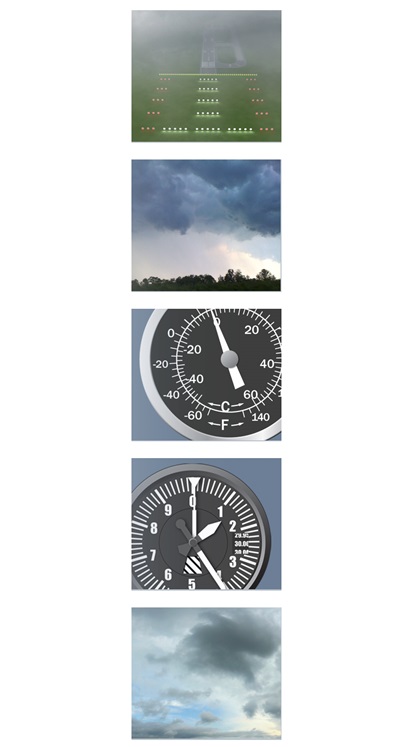
Pilots love to talk in code. It’s surprising, then, that so many are uncomfortable with decoding METARs. These weather reports are a critical piece in deciding whether or not to make a flight. Once you realize and understand that the reports are formulaic, you should have no trouble reading the weather quickly.
METAR
KICT 041553Z 26011KT 4SM BR OVC005 14/14 A2979 RMK AO2 RAE21 SLP080 P0000 T01440144
 KICT
KICT
Station ID—This is the location of the observation. Although usually an airport, many off-airport sites provide METARs as well. This report is from Wichita.
041553Z
Date and time—This section starts with a two-digit date and ends with a four-digit time, in Zulu. This report was generated on the fourth day of the month at 1553 Zulu. At a tower-controlled airport, the reports are often issued once an hour, while nontowered airports will release them every 15 minutes or so.
26011KT
Wind—Both direction and speed are presented in the wind section. The direction is first, and is expressed in terms of its origin in tens of degrees. The two-digit speed is next. If there is a gust factor, it comes after the letter G. Everything is followed by KT, indicating knots, and helping to offset the section. VRB means the wind is variable, and WS indicates wind shear. On this day the wind was from 260 degrees at 11 knots.
4SM
Visibility—Expressed in statue miles, visibility is rarely indicated more than 10 miles. Anything more and it’s more or less considered unrestricted. Very low visibilities can be expressed in terms of runway visual range, especially at large airports. If you see this, it means visibility is less than a mile.
 BR
BR
Weather phenomenon—Fog, rain, mist, and other weather of note is listed next. Each is expressed in code form (see table).
OVC005
Ceiling—The sky can be any of the following: clear (CLR), few clouds (FEW), scattered (SCT), broken (BKN), or overcast (OVC). After the indication, the height is reflected above the ground in a three-digit number. The last digit is hundreds of feet and the first two are thousands. On days with low visibility, the ceiling may be expressed in terms of vertical visibility. In this report, the sky is overcast at 500 feet.
14/14
Temperature/dew point—The temperature is first in Celsius, followed by the dew point in Celsius.
A2979
RMK
Remarks—The remarks section is full of secondary information. Common entries include a code such as A02, which indicates the report was automated, and a T,
followed by a long string of numbers. This is the temperature and dew point in hundreds of degrees to a tenth (temperature is 14.4 and dew point is 14.4 in this report).
Weather codes
- Light.. Moderate
+ Heavy
VC In the vicinity
MI Shallow
PR Partial
BC Patches
DR Drifting
BL Blowing
SH Shower(s)
TS Thunderstorm
FZ Freezing
DZ Drizzle
RA Rain
SN Snow
SG Snow grains
IC Ice crystals
PL Ice pellets
GR Hail
GS Small hail and/or snow pellets
UP Unknown precipitation
BR Mist
FG Fog
FU Smoke
VA Volcanic ash
DU Widespread dust
SA Sand
HZ Haze
PY Spray
PO Well-developed dust/sand whirls
SQ Squalls
FC Funnel cloud
SS Sandstorm
PR Duststorm



